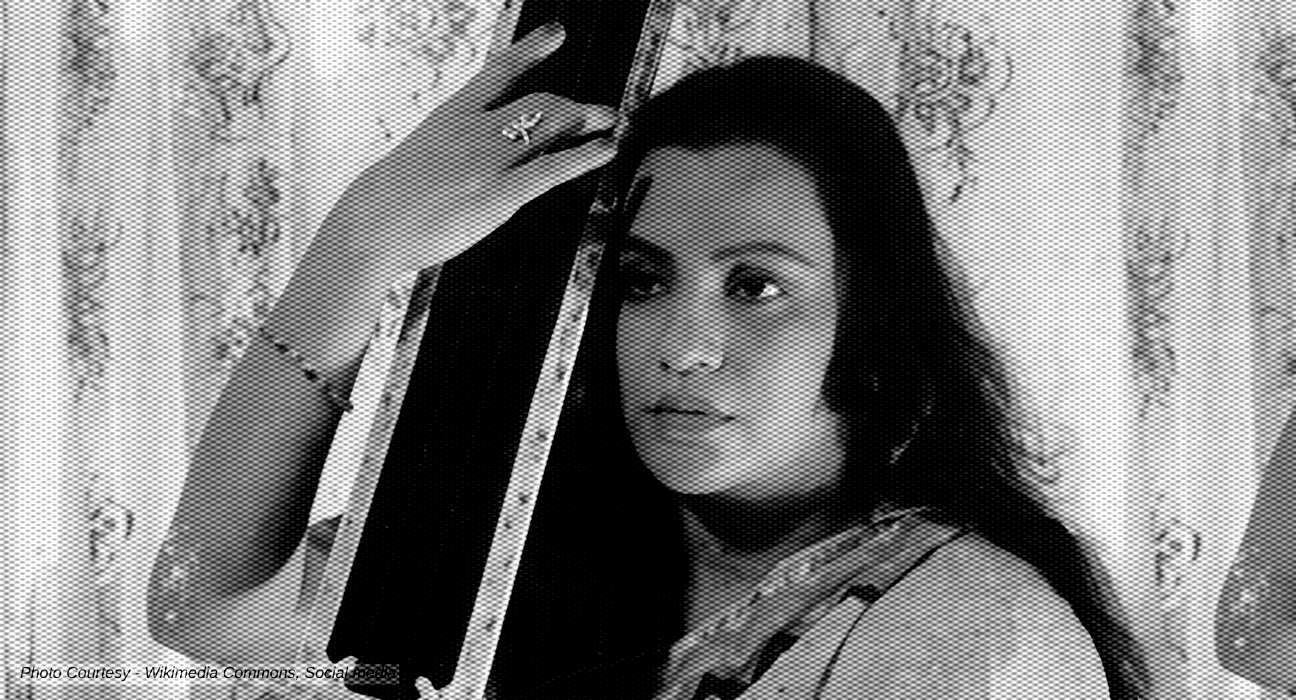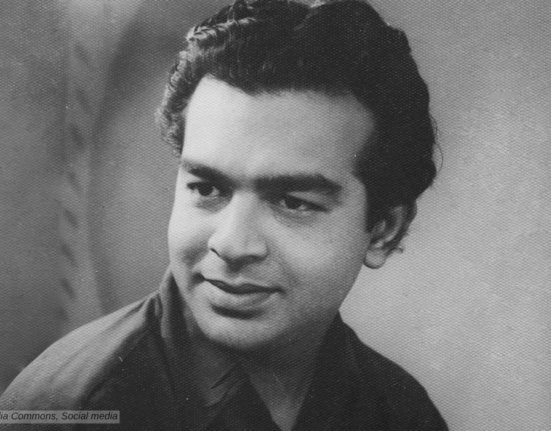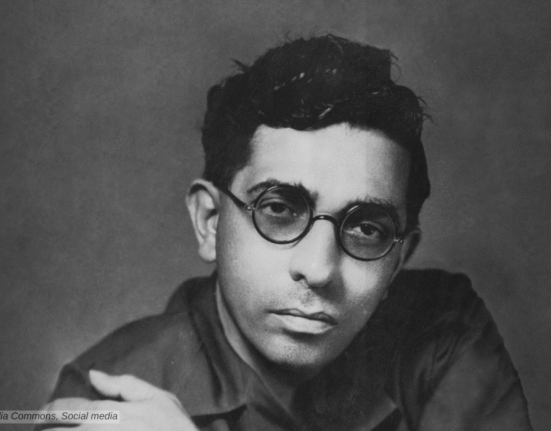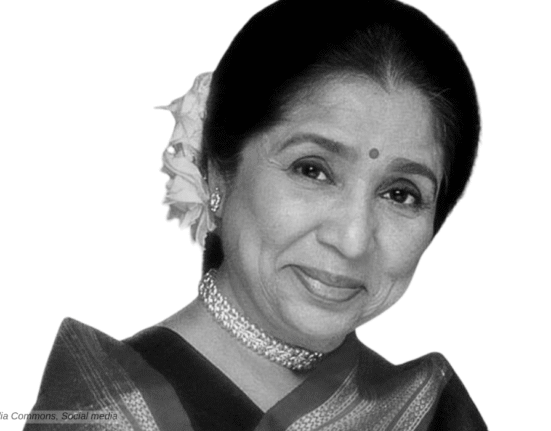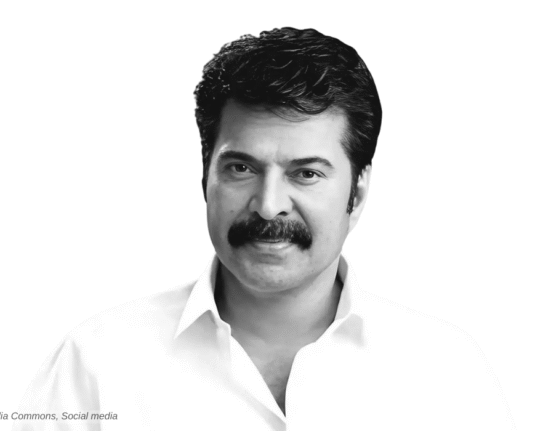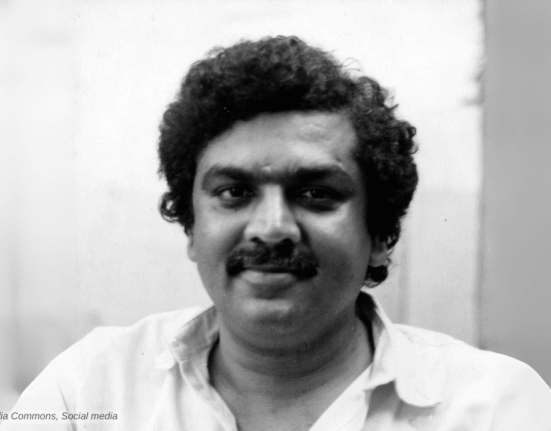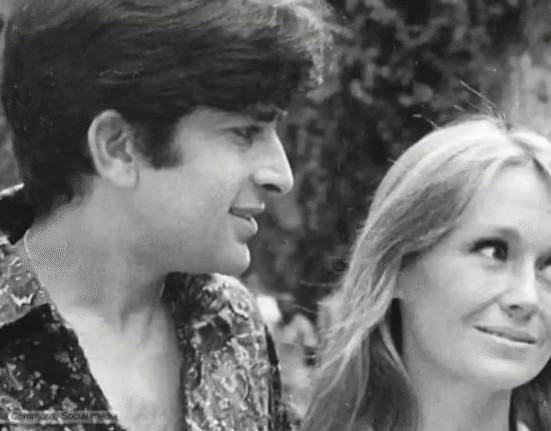Hemlata was one of the most prominent playback singers of the 1970s and 80s. She is widely remembered for her beautiful soft and melodious voice. Some of her memorable songs include “Taare Kitne Neel Gagan Pe Taare,” “Jab Deep Jale Aana,” “Ankhiyon Ke Jharokhon Se,” “Tu Is Tarah Se Meri Zindagi Mein Shaamil Hai,” and “Kaun Disa Mein Leke Chala Re Batohiya,” among others.
Early Life and Career
Hemlata was born on August 16, 1954, in Hyderabad, India, as Lata Bhatt in a Marwari Brahmin family. Her father Pandit Jai Chand Bhatt was an accomplished musician while her mother Ambika was a home maker. Hemlata is related to famous musicians Jatin-Lalit and actress singers Sulakshna and Vijeta Pandit. There are the children of her maternal aunt. Her childhood was spent in Calcutta, where she nurtured her passion for music.
Hemlata’s father was a renowned music teacher who teached in many reputed institutions including Madras University. He also taught famous musicians like Gopal Lal Mallick, and Ravindra Jain. Hemlata’s musical education came from her father. Her talent was evident from a young age. She first faced the stage at the age of seven, in Kolkata. Impressed by her talent, then chief minister of Bengal Bidhan Chandra Roy, gave her a medal. It wasn’t long before she stepped into the world of playback singing.
Early Career
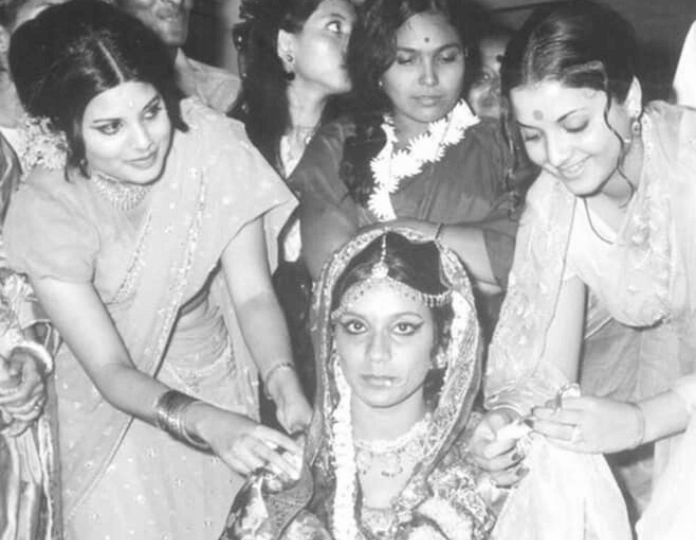
Hemlata made her film debut under the music direction of Vasant Desai in “Ashirwaad (1968), with the song “Saaf Karo Insaaf Karo.” The same year she sang for films like “Ek Phool Ek Bhool,” “Roop Rupaiya,” and “Fareb” under Usha Khanna, “Viswas,” under Kalyanji Anandji and “Mata Mahakali,” under Avinash Vyas.
She was slowly noticed by music lovers when she sang for films like “Jeene Ki Raahs (1969),” “Rahgir (1969),” “Nateeja (1969),” “Maa Aur Mamta (1970),” “Ghar Ghar Ki Kahani (1970),” “Jawab (1970),” Jhoom Utha Akash (1970),” “Heer Ranjha (1970),” and Bachpan (1970),” “Irada (1971),” “Dost Aur Dushman (1971),” “Ladki Pasand Hai (1971),” “Mehboob Ki Mehndi (1971),” “Aap Aye Bahaar Ayee (1971),” and many more.
Some of her notable songs in this period include “Dus Paise Me Ram Le Lo,” “Chanda Ko Dhoondhne Sabhi Taare Nikal Pade,” “Dhol Baja Dhol Dhol Janiya,” “Saqiya Tu Bhar Bhar Ke De Jaam,” “Jo Mama Mera Aa Jayega,” “Taare Kitne Neel Gagan Pe Taare,” “Gham-E-Duniya Se Tum Daaman,” “Mehboob Ki Mehndi Haathon Mein,” “Mohe Chhota Mila Bhartaar,” “Chal Chal Kahin Akele Mein,” “Wafa Jo Na Ki To Jafa Bhi Na Kije,” and many more.
Hemlata and Ravindra Jain
Hemlata first collaborated with Ravindra Jain in the 1972 film “Kaanch Ka Heera,” which started one of the most successful musician-singer partnerships of Hindi cinema. Some of their films together include “Tapasya (1975),” “Salaakhen (1975),” “Geet Gata Chal (1975),” “Raeeszada (1976),” “Fakira (1976),” “Chitchor (1976),” “Daku Aur Mahatma (1977),” “Dulhan Wahi Jo Piya Man Bhaaye (1977),” “Paheli (1977),” “Shyam Tere Kitne Naam (1977),” “Aakhri Kasam (1978),” “Hamara Sansar (1978),” “Ankhiyon Ke Jharokhon Se (1978),” “Ladke Baap Se Badke (1979),” “Ghar Ki Laaj (1979),” “Raadha Aur Seeta (1979),” “Aatish (1979),” “Dada (1979),” “Naiyya (1979),” “Sunayana (1979),” “Insaaf Ka Tarazu (1980),” “Khwab (1980),” “Raaz (1981),” “Nadiya Ke Paar (1982),” “Meharbaani (1982),” “Sasural (1984),” “Abodh (1984),” “Piya Milan (1984),” and many more.
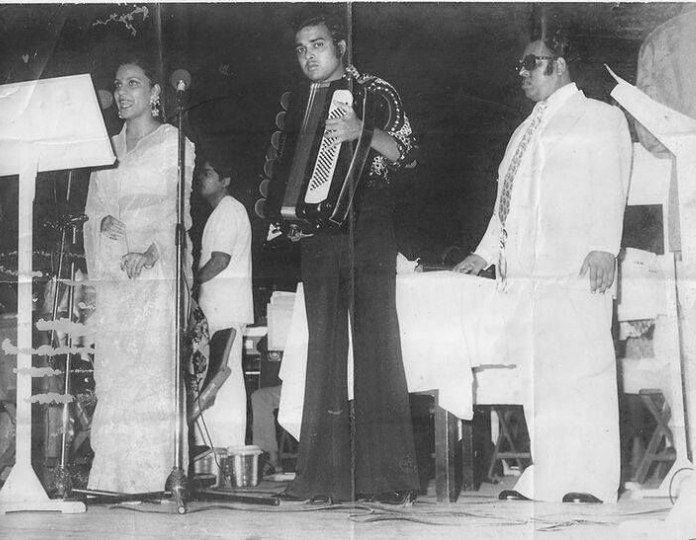

The late 1970s were a defining period for Hemlata. She became a household name with songs like “Jab Deep Jale Aana,” “Tu Jo Mere Sur Mein Sur Milaye” (Chitchor), “Akela Chal Chala Chal (Fakira),” “Baj Jayega,” “Mahav-E-Khayal-E-Yaar Hain,” “Khushiyan Hi Kushiyan Hon,” (Dulhan Wahi Jo Piya Man Bhaaye), “Ankhiyon Ke Jharokhon Se,” “Kai Din Se Mujhe,” “Dohavali,” (Ankhiyon Ke Jharokhon Se),” which remains an evergreen classic to this day.
The Best Work
Hemlata reminds us of the beauty and emotion that a single voice can convey. One of her most famous film albums was “Nadiya Ke Paar,” starring Sachin and Sadhna Singh, under music direction of Ravindra Jain. The song from the “Kaun Disa Mein Leke,” became the anthem of generations of lovers. She also sang “Gunja Re Chandan,” “Jab Tak Pure Na Ho Phere Saat,” “Jogi Ji Dheere Dheere,” and “Kaun Disa Mein Leke Chala Re Batohiya.” The songs are not just melodies; they are the soundtrack to many lives. A bridge between the past and the present, and a legacy that will continue to enchant for years to come.
Some of her other notable songs include “Megha O Re Megha (Sunayana),” “Hum Khwab Ko Badal Denge (Khwab),” “Main Woh Chanda (Katilo Ke Katil),” “Saat Saheliyan Khadi Khadi (Vidhata),” “”Tu Is Tarah Se Meri Zindagi Mein Shaamil Hai (Aap To Aise Na The),” “Chandra Bhaal Shobhitam (Abodh),” “Yaad Aati Rahe Shakl Bholi Teri (Lallu Ram),” “Chahe Koi Hath Jode (Sasural),” “Kaise Kaise Gyani Ye Sach Keh Gaye (Insan Aur Insaan),” “Umariya Kaise Chhupayegi (Kaarnaama),” and many more.
Other Work
Her rendition of “Tu Jo Mere Sur Mein” from the movie Chitchor won her the Filmfare Best Female Playback Award in 1977. Hemlata’s talent transcends language barriers. She has performed in over 38 regional Indian languages and even in foreign languages, showcasing her adaptability and range. Her work includes live performances and albums that reflect her classical training and her dedication to her craft.
She also gave her voice for Ramanand Sagar’s epic TV serials “Ramayan,” “Uttar Ramayan,” and “Shri Krishna.” Hemlata’s voice is not limited to film music; she has also made significant contributions to classical and devotional music genres.
Personal Life
Hemlata married Yogesh Bali, the brother of actress Yogeeta Bali and nephew of legendary Geeta Bali. They had a son Aditya Bhatt.
Today, Hemlata’s legacy continues to inspire new generations of singers. Her distinct voice and her ability to bring a song to life have made her an icon in the Indian music scene.
Hemlataj on IMDB


